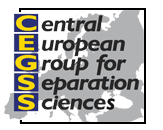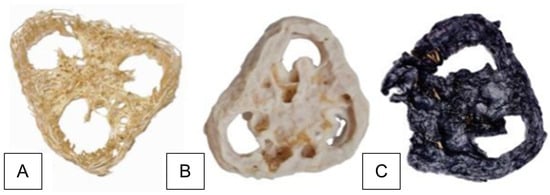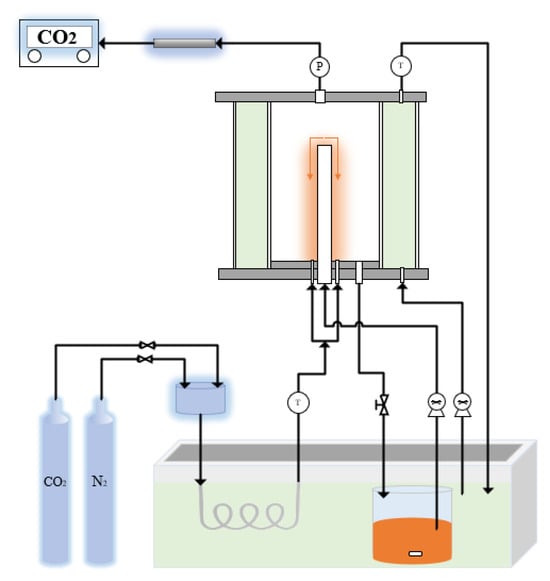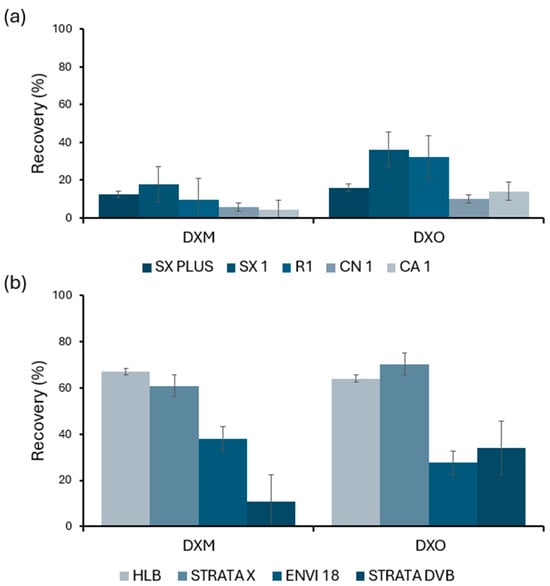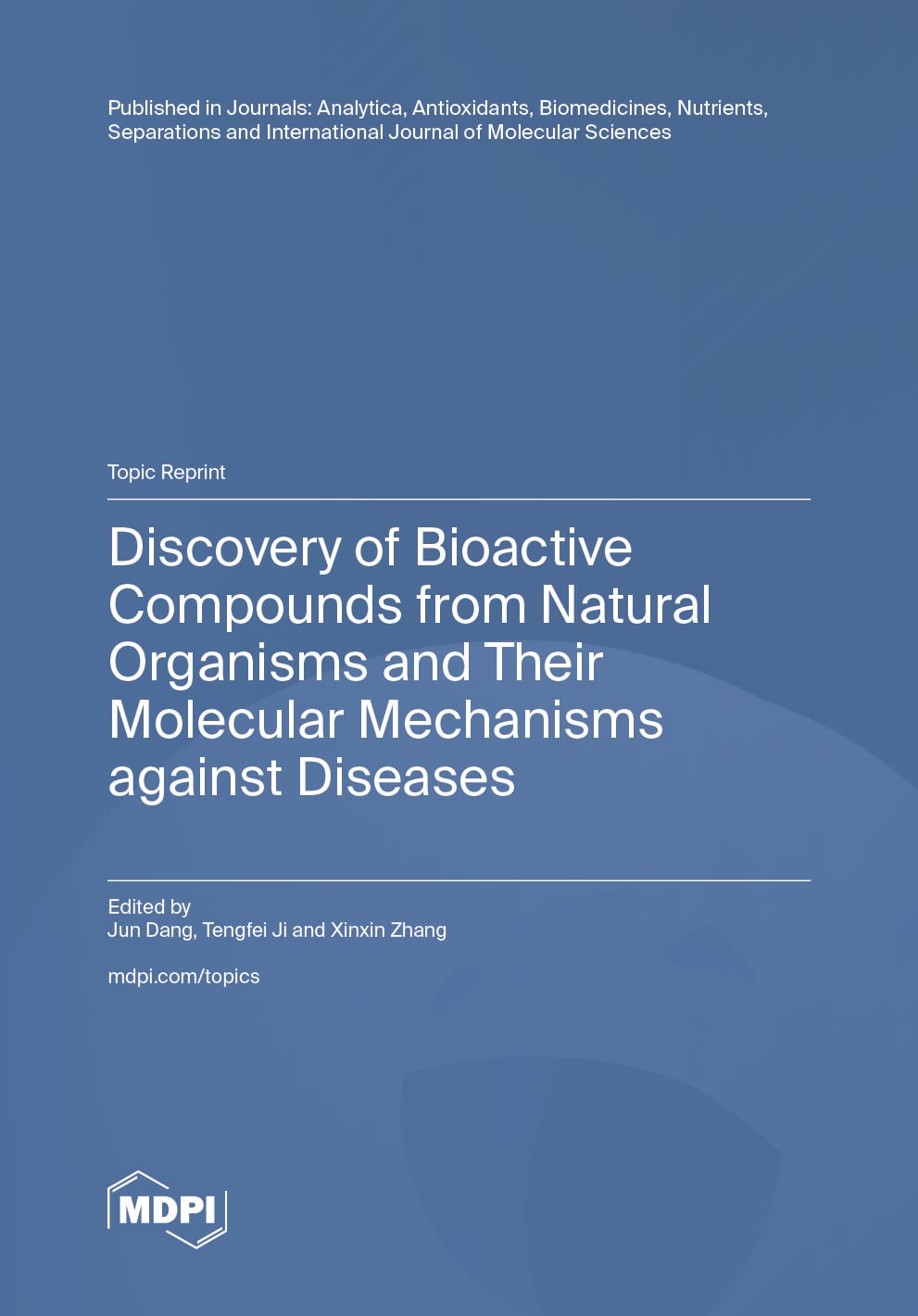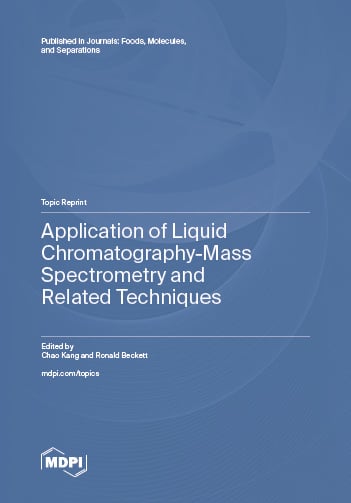- Article
Sustainable Luffa cylindrica Bio-Sponge Immobilized with Trichoderma koningiopsis UFPIT07 for Efficient Azo Dye Removal from Textile Effluents
- Paulo Henrique Silva de França Dias,
- Raphael Luiz Andrade Silva and
- Anna Gabrielly Duarte Neves
- + 11 authors
The contamination of water bodies by industrial dyes is a critical environmental challenge due to the toxicity and persistence of these compounds in aquatic ecosystems. This study evaluated the efficiency of Trichoderma koningiopsis immobilized on Luffa cylindrica matrices for the decolorization of the azo dye Direct Black 22 (DB22), proposing a biotechnological approach for wastewater treatment. The fungus was cultivated and immobilized on matrices characterized by scanning electron microscopy (SEM) and Fourier transform infrared spectroscopy (FTIR). Experiments under different temperature, pH, and initial dye concentration conditions demonstrated that the immobilized system achieved up to 96% decolorization within 24 h under optimized conditions of 50 °C and pH 4, significantly outperforming the free fungus. The Luffa cylindrica matrix provided mechanical stability and a larger contact area for DB22 decolorization. Thus, the immobilized Trichoderma koningiopsis system on Luffa cylindrica stands out as a sustainable, cost-effective, and efficient alternative for dye removal from textile effluents, contributing to safer and more effective environmental practices.
19 December 2025


